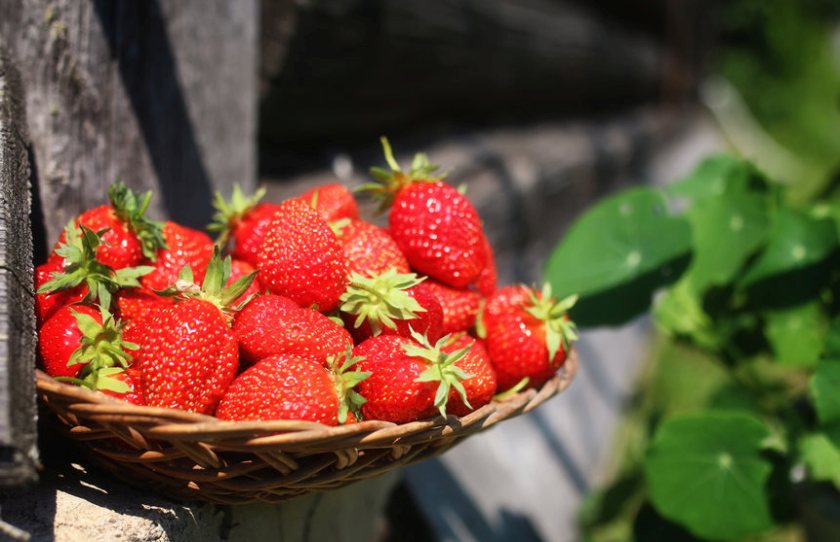
Growers and researchers will build an artificial intelligence system to forecast fruit harvests, which could potentially save the industry millions each year.
The machine learning system will set out to improve key information such as historical yield and weather data, weather forecasts and satellite imaging.
The three year project, taking place at farms owned by Arbroath-based Angus Soft Fruits Ltd, will develop algorithms that accurately forecast production and measure uncertainty.
With an estimated annual production of more than 2,900 tonnes of raspberries and 25,000 tonnes of strawberries, inaccurate yield forecasting costs Scotland’s growers millions each year.
The development of an intelligent and inexpensive forecasting system could prove crucial in ensuring profitability for growers, leading to more efficiencies in sales and packing and transport planning.
Researchers at the University of Aberdeen and The Data Lab say the new system will also enhance growers' reputation with customers, while limiting food waste and associated carbon emissions.
Georgios Leontidis, director of the university’s centre for AI, said the project could prove to be a 'game-changer' for an industry worth millions to Scotland’s economy.
“We will work with growers to understand the flaws in current forecasting systems, develop advanced machine learning models that harness high quality data, and seek expert input from growers that can further enhance these models.
“The ultimate aim is to produce an inexpensive yield forecasting system that brings all of this high-quality data together, providing maximum advantage for growers and helping them to stay in profit and protect jobs.”
Jan Redpath, of Angus Soft Fruits Ltd, said that margins had become 'much tighter' for growers, with many going out of the business.
“On the one hand we have soaring costs in particular labour and fertilisers, and on the other our biggest ability to influence price comes from being able to accurately match supply with demand.
“Competitive advantage is gained from producing a stream of new varieties. However, with new varieties comes new crop results and there is no historical prediction data to rely on to forecast future yields.
“Research into more accurate forecasting is required more than ever."
